THE FIFTH ELEMENT. Besson’s Multi-Layered Sci-Fi Explained
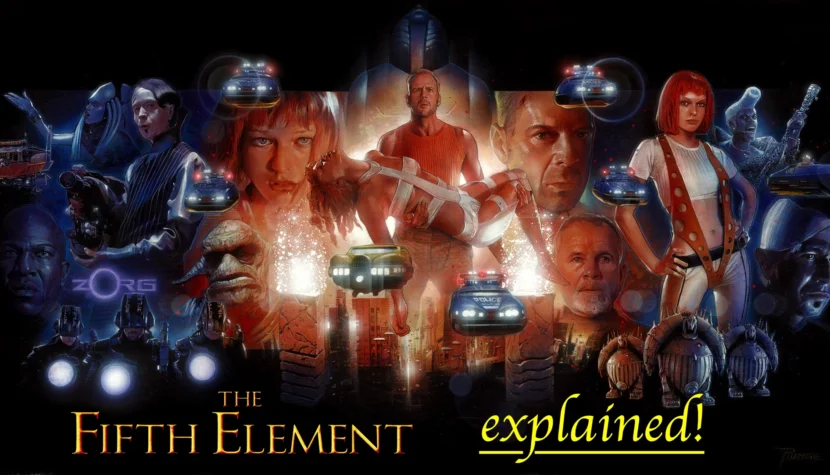
People are trained from a young age in messianic themes, revealing that we are all products of belief systems centered around the story of one of us, who is not quite like the rest. From the martyrdom-imbued “forty and four” to whispers about a king returning from a mythical island, humanity always keeps an ultimate instance ready, one who wields a bow and rushes into the fire with a scream. The chosen one, as an abstract value, is embodied in a specific person with divine traits. Luc Besson also adheres to this vision, inviting the viewer into the crafted world of his film.
Only a shortened form, one that can be spoken and remembered, thus having a chance to exist in the dictionary of natural language, allows Leeloo to be born. For society, she now functions as a fully-fledged person. People use language to understand each other, and the name Leeloo is similar in construction to other grammatical forms, thus resembling words. As Leeloo learns the language, she begins to understand the world and becomes more human.
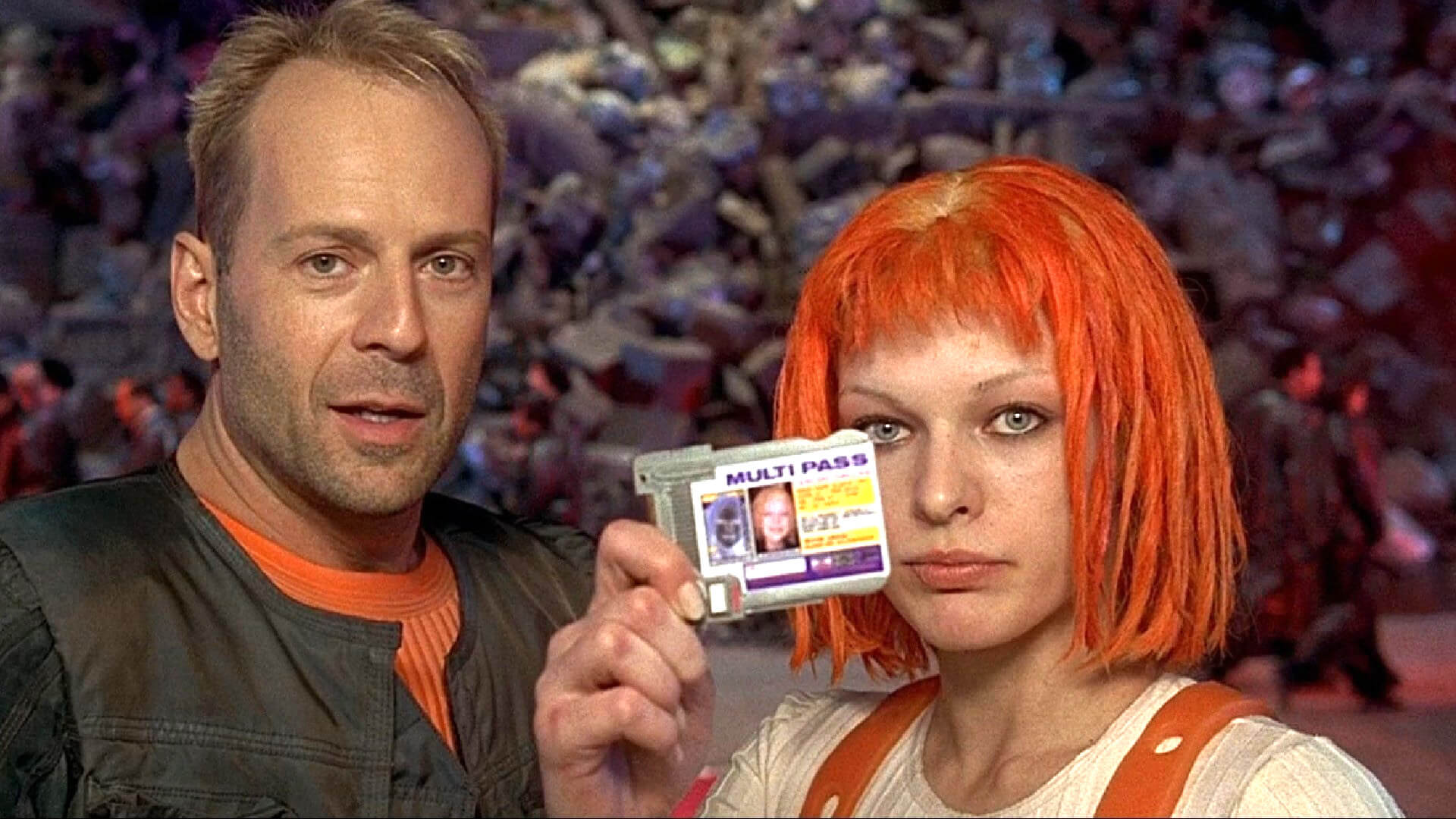
The stones themselves can be mentioned during the sequence taking place in the Paradise on Fhloston in the Angel Constellation. The heroes go to a ship hovering over the ocean to meet the famous singer Plavalaguna, who is also the guardian of the stones. Plavalaguna is a representative of a race with blue skin; she is not human, but her beautiful voice indicates her beautiful interior – she is a positive character. The celestial hue of her voice is an icon of goodness, leaving no doubt about the singer’s intentions. This interpretation is enriched when Plavalaguna, wounded in the abdomen, reveals where she hid the stones – they are inside her. Korben has to reach into the dead body and extract the contents, as precious as her voice was during her life.
The stones, placed in the correct location in the temple, open through the element they represent. The wind blows, the rain falls… this clue leads Korben, the priest, the priest’s assistant, and Ruby to solve the puzzle: by contact of the element with its representation (a kind of likeness carved in the form of a graphic sign on the stone’s surface), the weapon is activated.
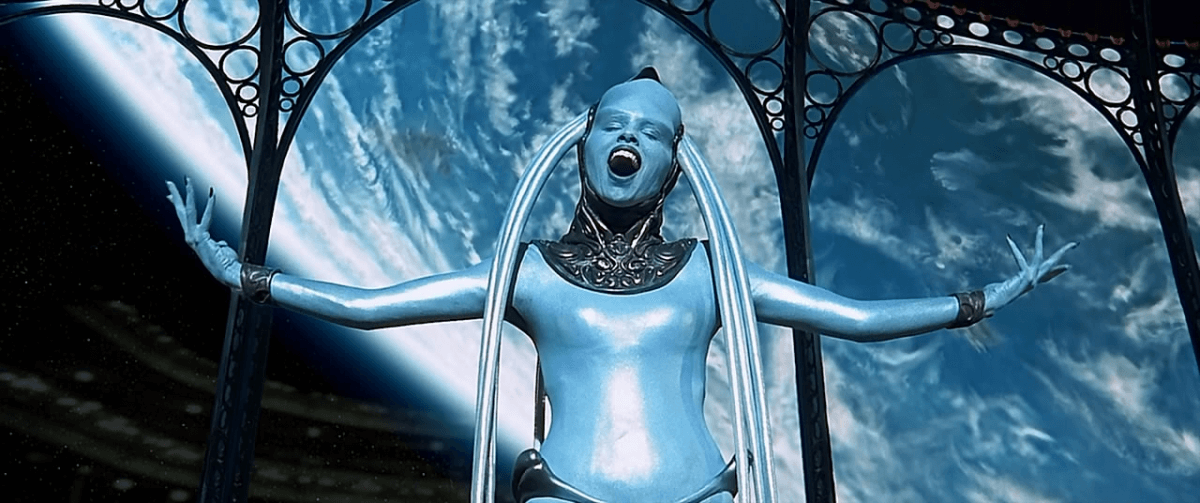
The prototype of the city in The Fifth Element is the future New York.
New Yorkers will feel proud and connected to the city shown on the screen, Americans will associate the setting with America. Others, however, will experience Luc Besson’s vision on several levels. Firstly, the prototype of a super-modern city corresponds to common notions of urbanity, allowing the viewer to perceive the planet as the actual center of an advanced civilization. Numerous examples of similar future visions in popular culture of the 19th, 20th, and 21st centuries suggest that the viewer can easily be convinced that this model is real, that it is only a matter of time. The city metaphorically represents the planet, creating an impression of a cosmic future. Even the temple where the action concludes does not spoil the impression, as it serves as an ancient relic and cannot be associated with the rest of life on Earth. Thanks to the temple, the film comes full circle, in line with the script’s concept describing cyclical struggles against evil from prophecy.
The second interpretative layer of New York stems from the belief in America’s wonder, held by people who have never been there. Regardless of their awareness, popular history has left a mark on the popular image of the United States as a modern, economically and culturally superior country where anything can happen.
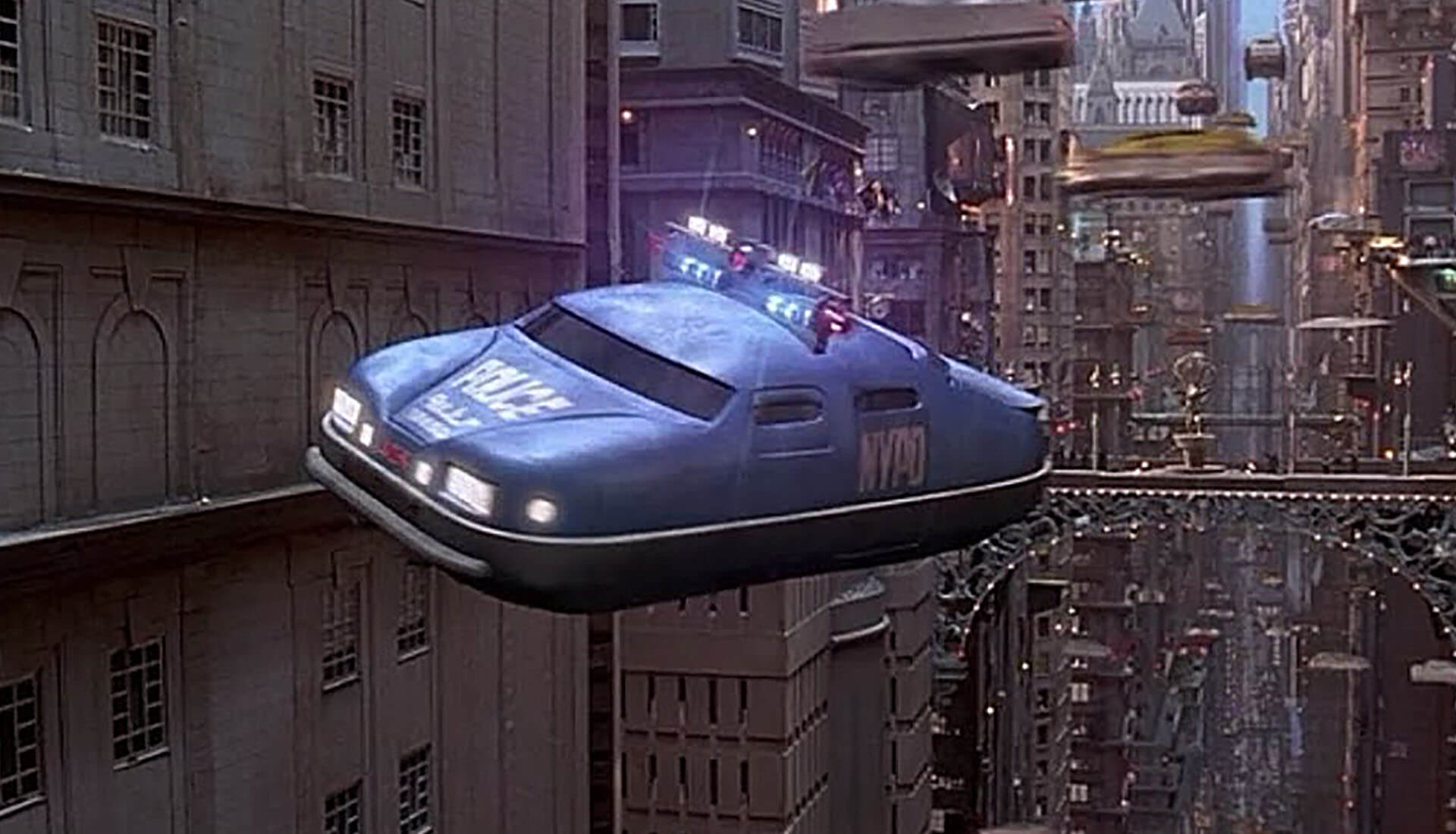
The dark planet (resembling solidified lava) moves like a ship, growing through the effect of hatred. Missiles fired at it double its diameter. The viewer’s first encounter with the planet shows its destructive power – it engulfs a spaceship with fire shaped like a skull. The skull, often seen in vanitas artworks, symbolizes death, life’s transience, uncertainty, and instability. The planet-sphere can change states – from solid to liquid, and even (the skull form from a cloud of fire) seemingly volatile. Its indeterminate state points to an amorphous existence. Midway through the film, the planet sends signals, which turn out to be a phone call to its human ally – Zorg. The evil planet gains a human trait – a voice, as well as a name – Mr. Shadow. The voice is an iconic index of the planet or Mr. Shadow, who is the planet’s soul, as there is no indication anyone lives on the planet. The phone call is enough for thick, sticky ooze to start dripping from Zorg’s head in a dirty, maroon color. The ooze is triggered by contact with the voice, but more importantly, it is a marker of the evil the planet represents.
Zorg is like the wicked stepmother in Snow White – operating through henchmen, firing Snow White, and chasing something precious (there life, youth, and beauty, here Leeloo).
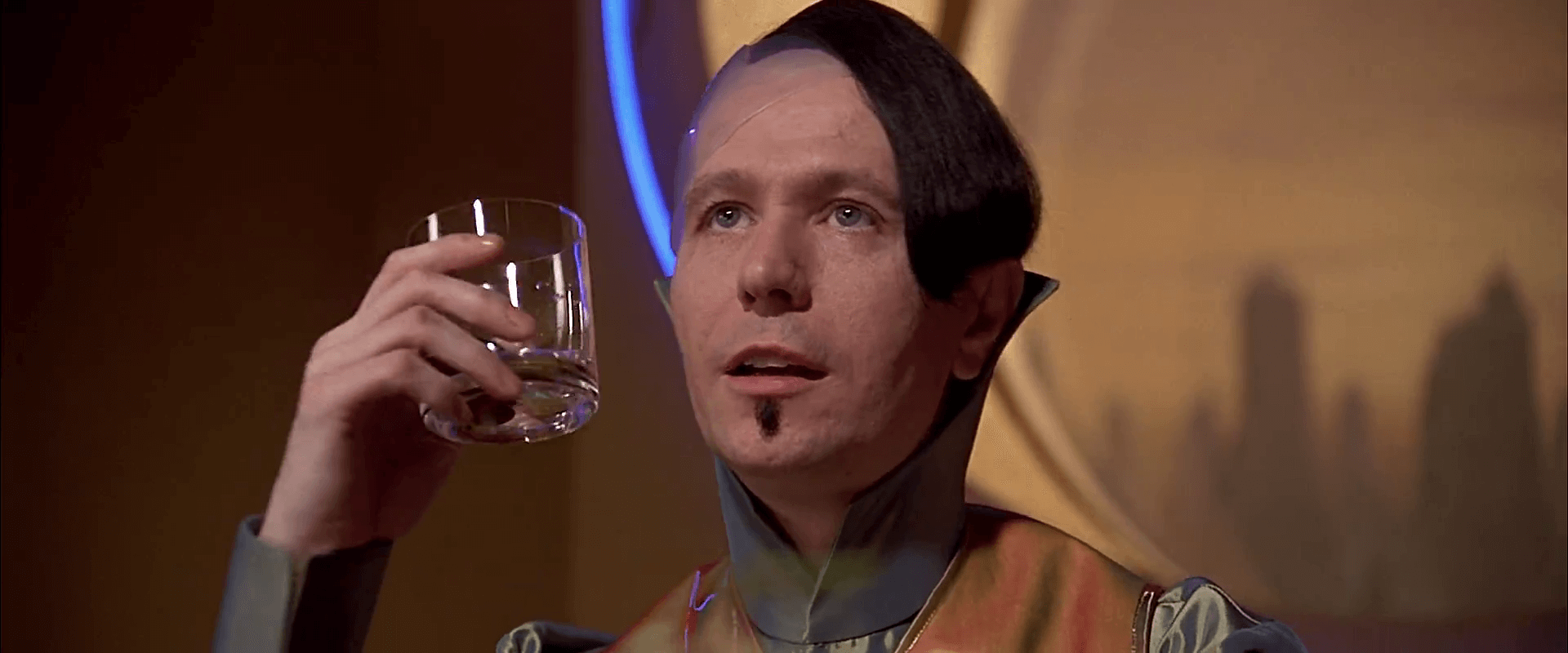
Korben Dallas works in a corporation owned by Zorg. Zorg is his highest superior, in a sense, his caretaker. If not for the strong cultural associations of a boss with a father figure, their relationship could resemble that of a child and a stepmother. The stepmother is not the child’s natural mother, just as a boss becomes a caretaker of his employee through the institution of the company. He has power over the employee but also obligations towards him. When he becomes a wicked stepmother, he begins to exploit people, disregarding their feelings and working conditions. Eventually, Zorg fires Korben through his “foreman”, who sends a dismissal letter to employees. Korben (Snow White) is left alone without a salary but possesses something Zorg desires. This precedence in history, originally represented by beauty, is replaced by Leeloo, who grants power over the world through the weapon she is part of. The wicked stepmother, driven by greed, chases Korben through her people. The classic story is enriched by Zorg’s superior – pure evil, identifiable in the stepmother as the feeling of hatred.

The bomb is a harbinger of inevitable destruction. Even the main hero, usually a beacon of hope in such moments, is powerless against the unfolding chain of events. Korben decides to flee with the rest of the team. Meanwhile, Zorg, in pursuit, inserts a card to deactivate the bomb. However, the negative character cannot stop the symbol of destruction, as there is a second bomb planted by a group of warriors in the building. Zorg’s death (and the simultaneous destruction of the story’s strategic location) is inevitable. This is evidenced by both bomb timers. The first stops at five seconds. The second detonator is set for five seconds, causing the explosion to occur as planned.
The conversations (or more accurately, monologues) between Korben and his mother are amusing to the viewer. Initially, the hero tries to argue with her, but over time, her voice, full of complaints and grievances, fails to impress him. These phone calls humorously mark the stages of adulthood reached by the main character. His relationship with his mother is portrayed irritatingly, as nature itself demands that a child become independent from parents.
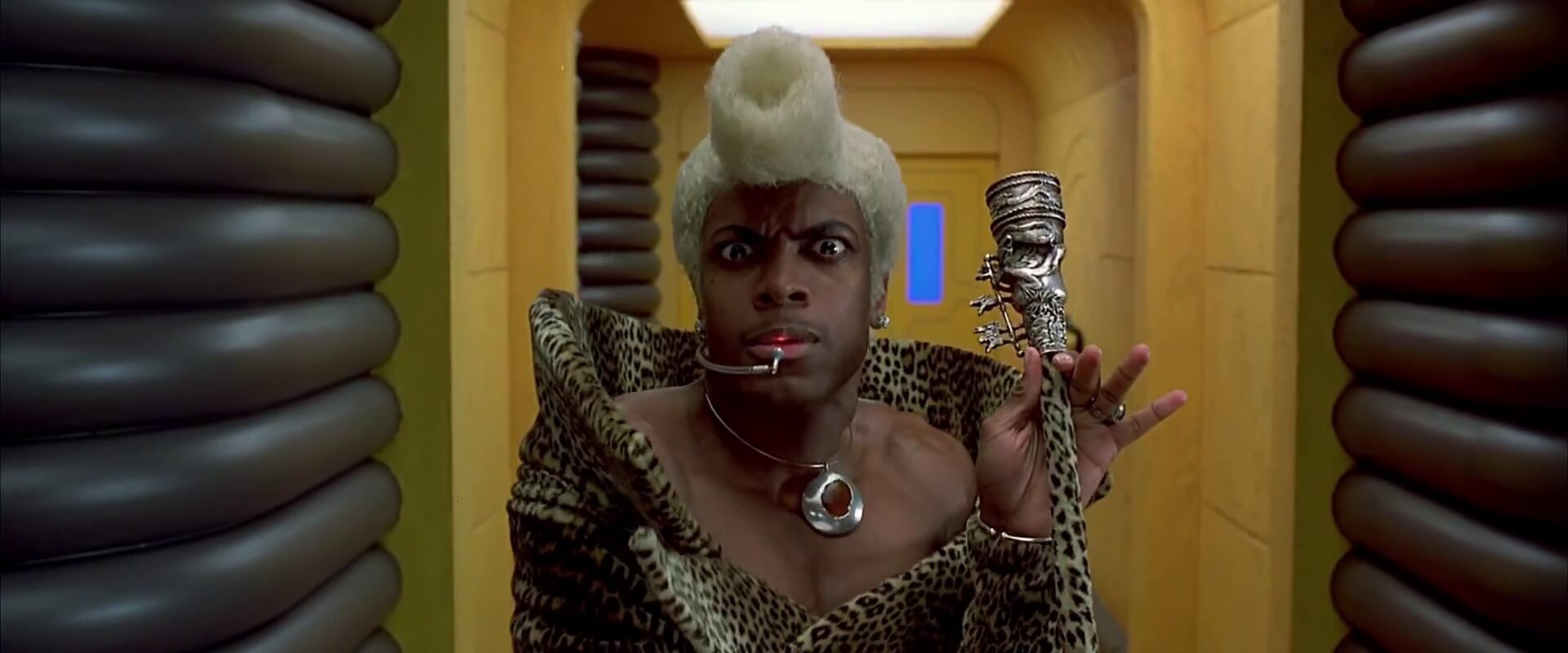
Ruby Rhod, played by Chris Tucker, is distinctly different from other characters. From the beginning, the viewer may feel that Ruby Rhod lives in a different world, not understanding what is happening around him and not trying to find out. He lives in a media world and should be associated with the media. Media, in common perception, are unrealistically real, meaning they are immaterial, although a medium, such as a TV, can be a tangible object. Ruby is unreal in the story he participates in. He represents the grand world known from everyday life, part of our reality, not the film’s characters. His style clashes with the fairy-tale convention, simply not fitting in. He introduces a comedic element to the film through his loudness, literalness, and naivety when discussing the elemental stones. He neither helps nor harms, existing in another dimension. He carries no message, simply entertaining the viewer. His mismatch confirms that we are dealing with a fairy tale, which follows its own rules.
Story Construction
The story’s structure can be outlined as follows:
Prologue – prophecy – the appearance of evil – the appearance of hope to defeat evil – the hero’s journey and his companions (stages of acquiring knowledge needed to save the world and fighting the negative character) – punishment for negative characters – the main character’s moment of maturation – saving the world, restoring order – reward for positive characters.

The story reflects the rules governing a fairy tale: a knight rescuing his princess, a mage-priest assisting him, evil being punished.
How do we know everything ended well? The heroes restored order to the world. Evil was destroyed before our eyes. Evil, iconically represented as darkness, is the opposite of light, which is connected to the day through contact. Human experience suggests that after night comes dawn; this is the law of the solar cycle.
A keen observer who thinks reflectively during the viewing may fall into a magical trap. Another example of magic in Luc Besson’s film would never have found its way here if not for the previously noted example of the color of the jerseys of the soccer team we support, as that color becomes dear to the initially indifferent viewer.
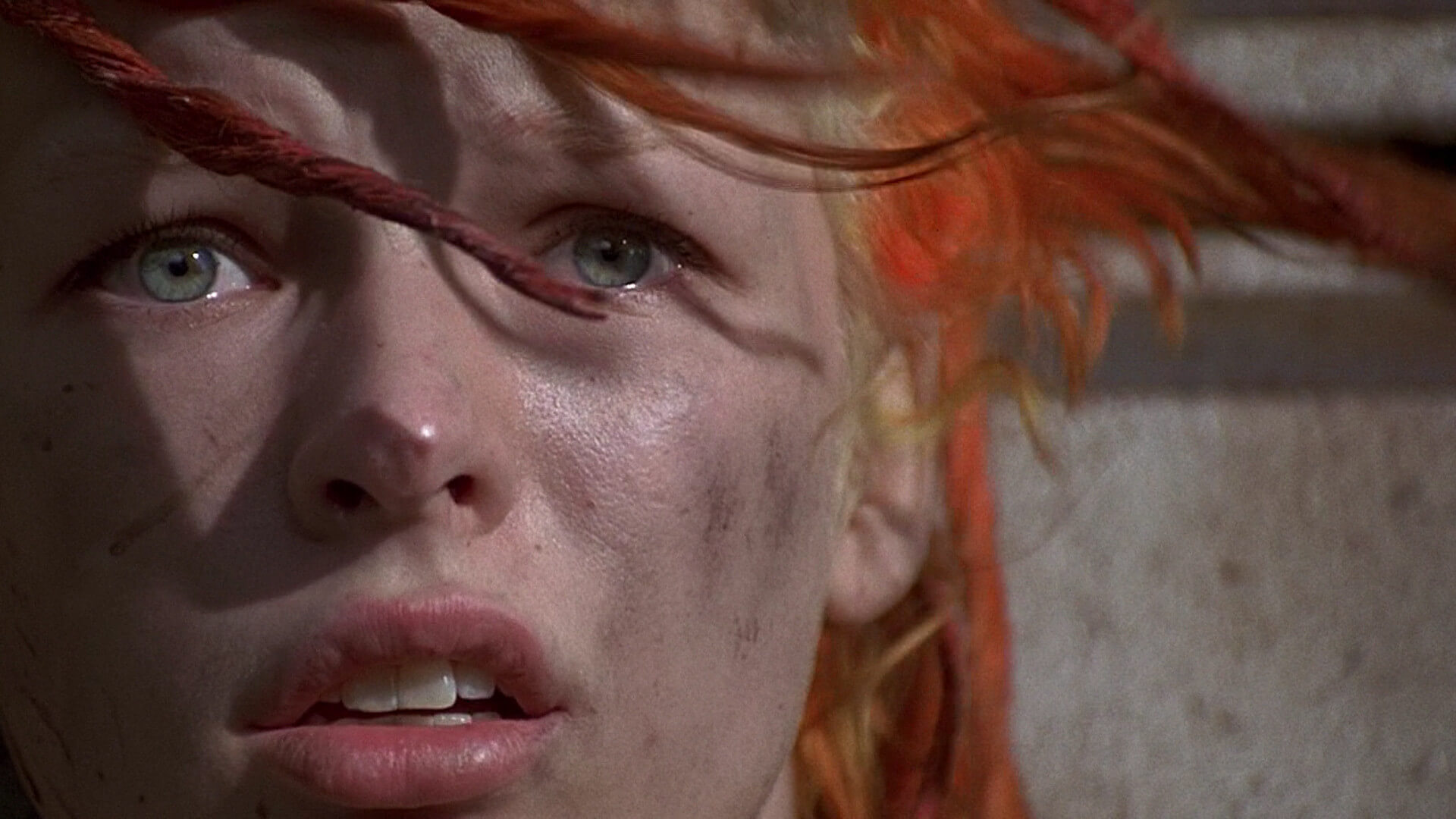
Similarly, the hair color of the main female character affected me. Leeloo is a character I particularly rooted for. It was easy to say that her sense of alienation and extraordinary origin influenced my assessment of her, but it was only her hair color that unconsciously allowed me to identify with her. Like me, Leeloo is red-haired, and this trait made us similar, allowing me to become emotionally involved with the character created by the screenwriter and actress. The character played by Milla Jovovich, however immodest it may sound, was briefly my icon.
Words: Patrycja Bulska

